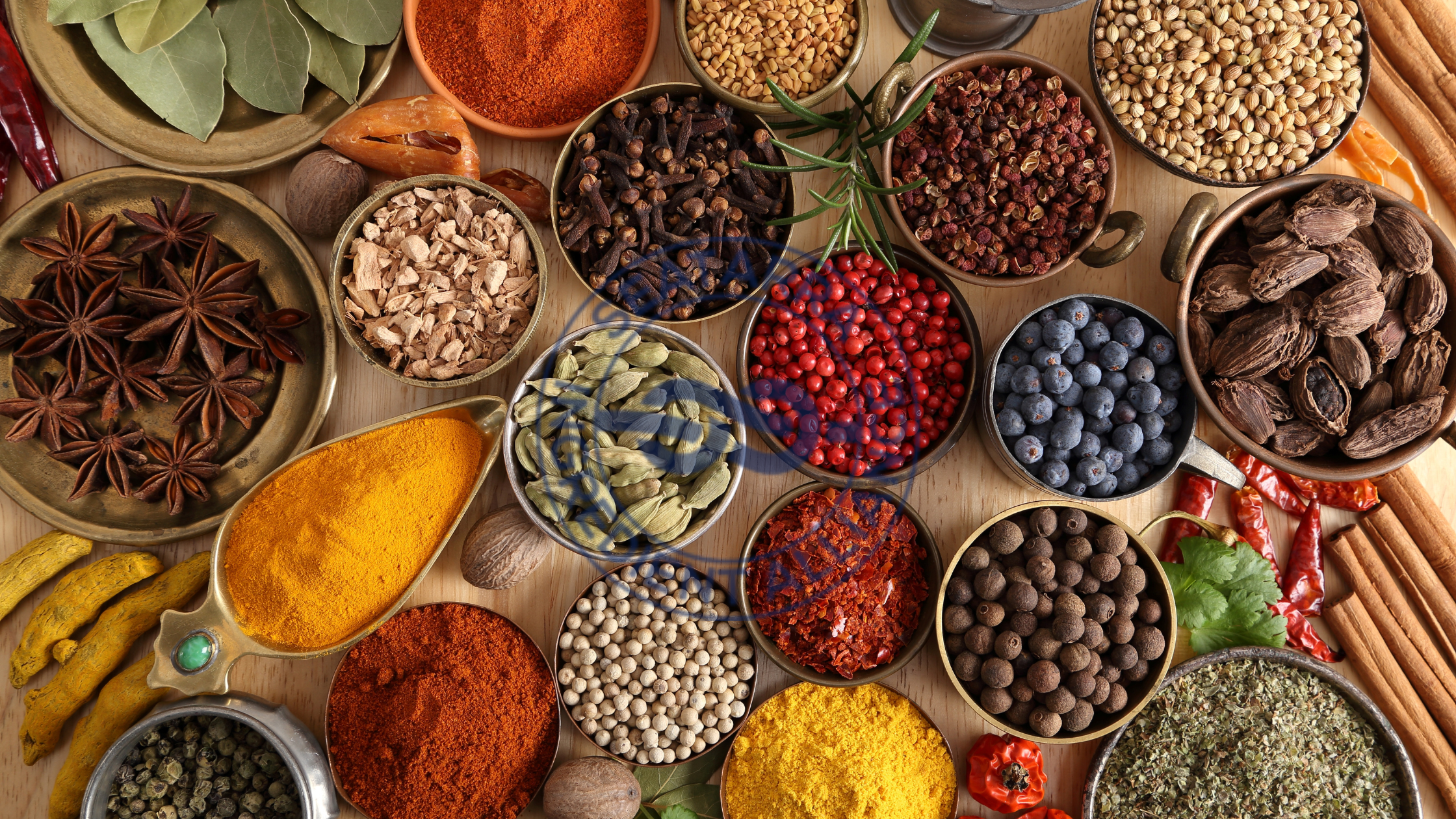
The Spice of Wellness: Culinary Herbs with Healing Powers
In the intricate dance of flavor and health, culinary herbs play a pivotal role, weaving together the strands of taste and well-being into a harmonious tapestry of nutrition. These herbs, often relegated to the background as mere seasoning, are in fact powerful agents of health, each with its unique profile of therapeutic benefits. As we delve deeper into the realm of culinary herbs, we discover not just their ability to transform the mundane into the extraordinary in terms of flavor, but also their capacity to act as conduits of healing, drawing upon centuries of traditional wisdom and the latest scientific research to support our journey towards optimal health.
Turmeric: The Lustrous Golden Healer
Turmeric, a rhizome that imparts a vibrant golden hue to dishes, is much more than a staple in the spice cabinet. Its compound, curicumin, is a beacon of anti-inflammatory and antioxidant prowess, offering a protective shield against a myriad of modern ailments. Beyond its role in curbing inflammation, turmeric has been shown to enhance brain function, lower the risk of heart disease, and even possess anticancer properties. This makes the integration of turmeric into our diet not just beneficial but essential for those seeking to harness the full spectrum of its healing powers.
Ginger: The Fiery Protector
Ginger, with its pungent and invigorating essence, stands as a guardian of digestive wellness. Its ability to alleviate gastrointestinal distress, quell nausea, and fend off colds and flu makes it a versatile ally in the pursuit of health. The warming nature of ginger goes beyond physical warmth, igniting the body’s own healing processes and providing a natural means to combat inflammatory conditions and soothe muscular pain.
Cinnamon: The Sweet Regulator
Cinnamon, beloved for its sweet and warming aroma, harbors secrets that extend beyond its culinary appeal. Its influence on blood sugar regulation is a testament to the power of natural substances in modulating the body’s intricate systems. By improving insulin sensitivity and offering antioxidant protection, cinnamon contributes to a balanced approach to metabolic health, making it an invaluable addition to a health-conscious kitchen.
Rosemary: The Cognitive Enhancer
Rosemary, with its heady aroma and robust flavor, serves as a tonic for the mind. The mere scent of rosemary can enhance cognitive performance, memory, and alertness, linking the olfactory senses to the cognitive faculties in profound ways. Its rich content of antioxidants and anti-inflammatory compounds further supports brain health, offering a natural strategy to safeguard against cognitive decline.
Basil: The Herbal Harmonizer
Basil, particularly in its holy variant, Tulsi, is revered in Ayurvedic medicine for its harmonizing effects on the body and mind. Its adaptogenic properties help buffer the effects of stress, while its anti-inflammatory and antibacterial benefits contribute to a robust immune system. The inclusion of basil in daily meals is a practice that not only elevates the flavor profile of dishes but also imbues them with properties that promote mental and physical balance.
Cultivating a Healing Kitchen
The journey to integrating these healing herbs into our daily lives is one of exploration and creativity. It invites us to view our kitchens as laboratories where health and flavor coalesce, where every meal becomes an opportunity to nourish deeply and heal. Here are further strategies to enhance your culinary wellness journey:
- Grow Your Own: Consider cultivating a kitchen garden with herbs like basil, rosemary, and others. Fresh herbs not only offer superior flavor and potency but also connect you to the cycle of growth and harvest, deepening your relationship with food.
- Herbal Oils and Butters: Infuse oils and butters with herbs like rosemary or turmeric to create flavorful condiments that incorporate the healing properties of these plants into a wide range of dishes.
- Creative Combinations: Experiment with blending herbs in teas or making herbal pestos. These can serve as vehicles for both flavor and health, making it easy to incorporate a variety of herbs into your diet.
Embracing Wellness Through Flavor
The spice of wellness is a reminder that health does not reside in pills or strict diets but can flourish in the joy of cooking and the pleasure of eating. Culinary herbs, with their vast array of flavors and health benefits, are key players in this narrative, offering paths to wellness that are as delicious as they are nourishing.
In adopting a diet rich in these botanicals, we not only take steps towards improving our physical health but also cultivate a sense of well-being and joy. The act of cooking with and consuming these herbs connects us to the ancient traditions of herbal medicine, reminding us that the earth provides not just sustenance, but healing.
Conclusion
Culinary herbs with healing powers remind us that food can be medicine and that wellness is a dish best served with flavor. By integrating these potent plants into our meals, we not only enhance the taste of our food but also embrace a form of preventive health care that is as delicious as it is effective. In the spice of wellness, every meal becomes an opportunity to nourish our bodies, soothe our minds, and indulge in the rich tapestry of flavors that nature provides.



